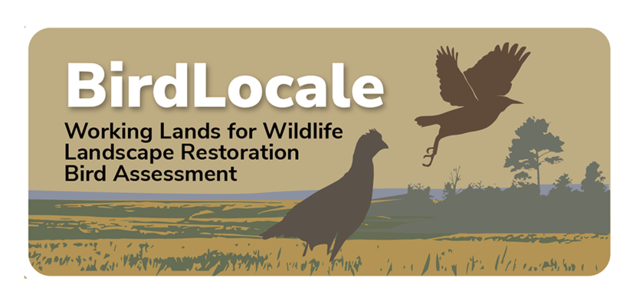Forgot your password?
If you have forgotten your password, we can send you a new one.
If you have forgotten your password, we can send you a new one.
Powered by Plone & Python
Powered by Plone & Python

